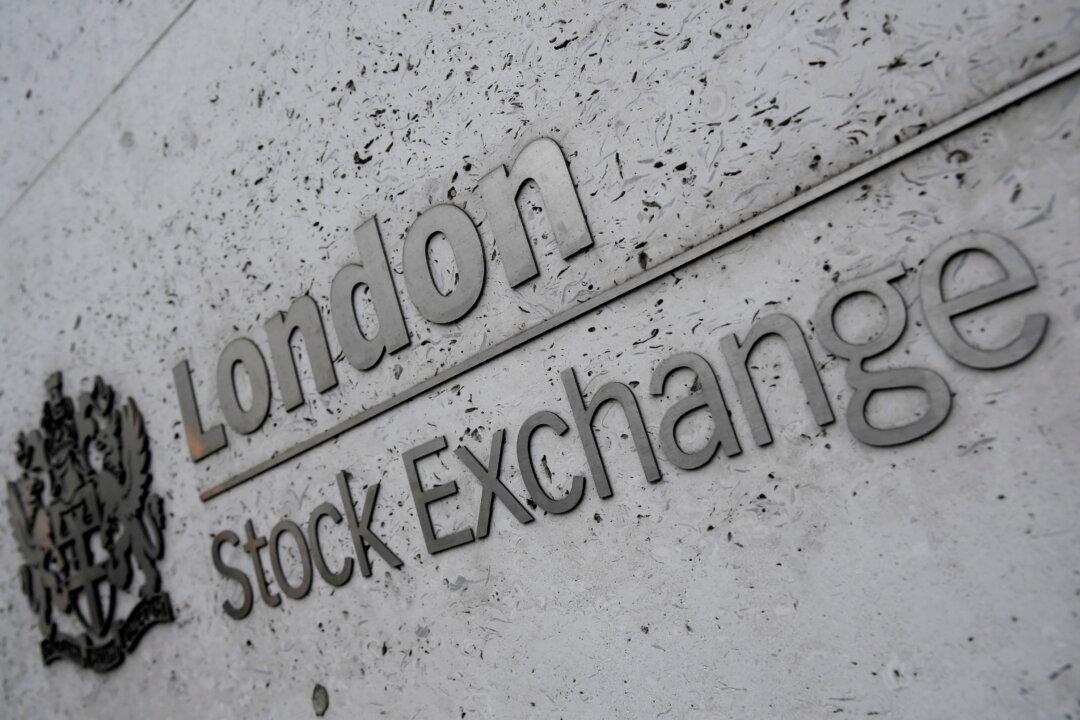The London Stock Exchange (LSE) established listing rules for companies that finance carbon-reduction projects in a bid to ensure greater transparency in the market.
According to the new rules, a company or fund intending to finance a project aimed at reducing carbon emissions must issue a prospectus—containing details of the project—vetted by the Financial Conduct Authority. “What this brings is proper transparency, proper due diligence, and proper disclosure, so corporates and other investors truly know what they’re buying. That’s something that the voluntary carbon markets haven’t had before,” LSE Chief Executive Julia Hoggett said to Reuters.





